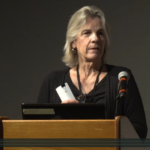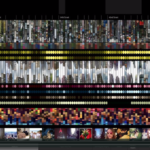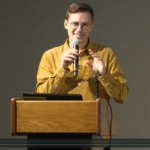
GUILLAUME MONTAGU
_unknowns
[s2If is_user_logged_in()]DOWNLOAD PDF
[/s2If]
[s2If current_user_can(access_s2member_level1)]
[/s2If]
As a team of researchers was asked by a French home-improvement retailer to redefine their strategy, they designed and carried out an ethnographic and quantitative research to identify new business opportunities. But no sooner had they set foot in field, they were struck not only by the richness and complexity of such ordinary activities to the point they asked themselves if these practices were even measurable? Scaling from ethnography to quantitative research was not as seamless as they expected, they had to find their way to deal with two sets of data that belong to different scales if not ontological worlds. Are these two scales really strictly separated? Can't there be a way to combine them and to make them coincide? Based on the study of DIYing practices, this case study presents an attempt to integrate ethnographic and quantitative research and the challenge of resolving the scale differences...














